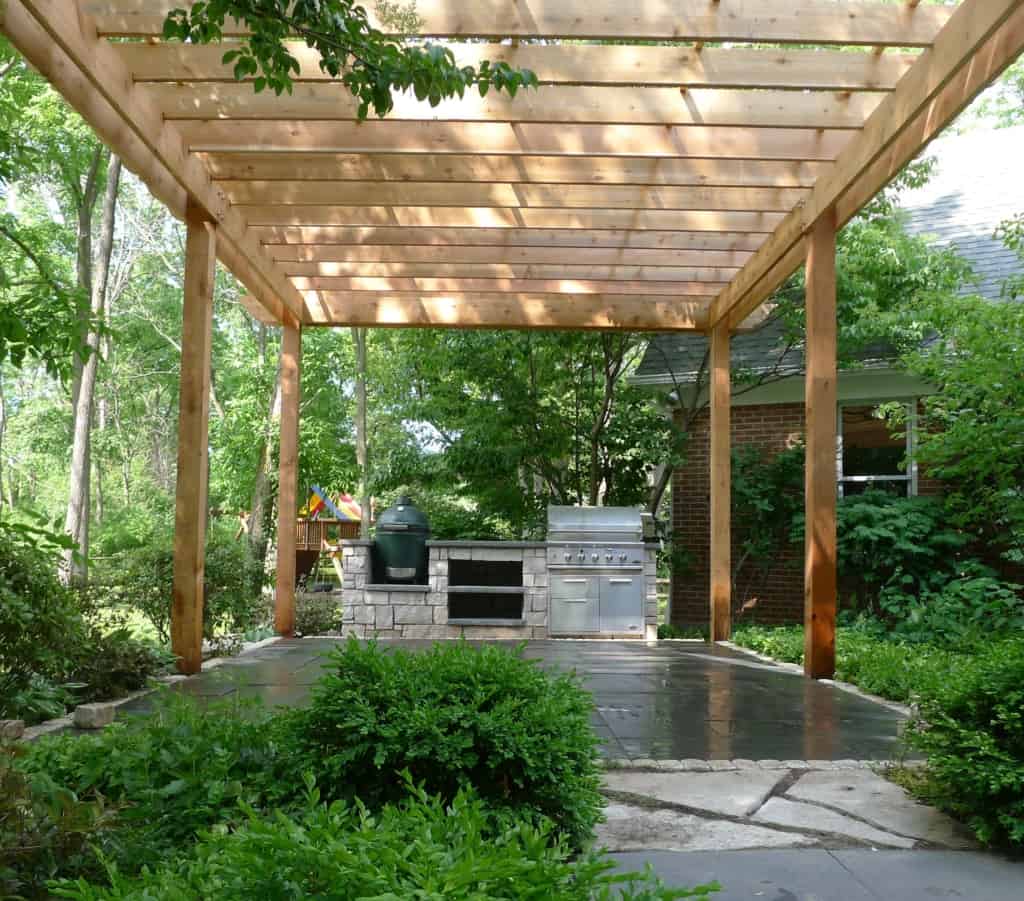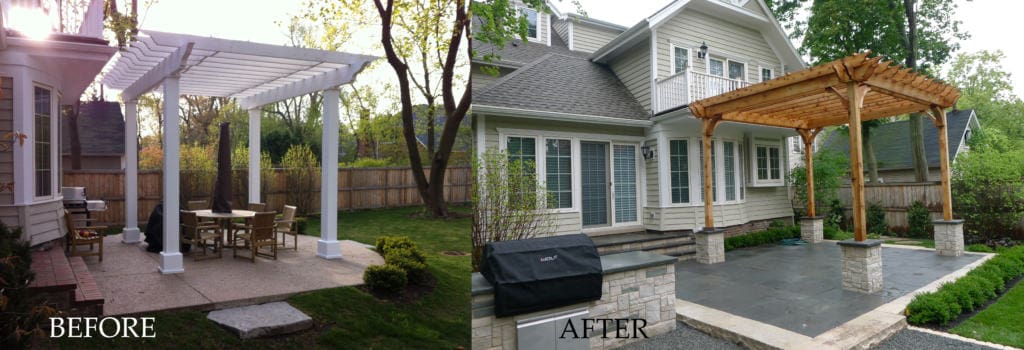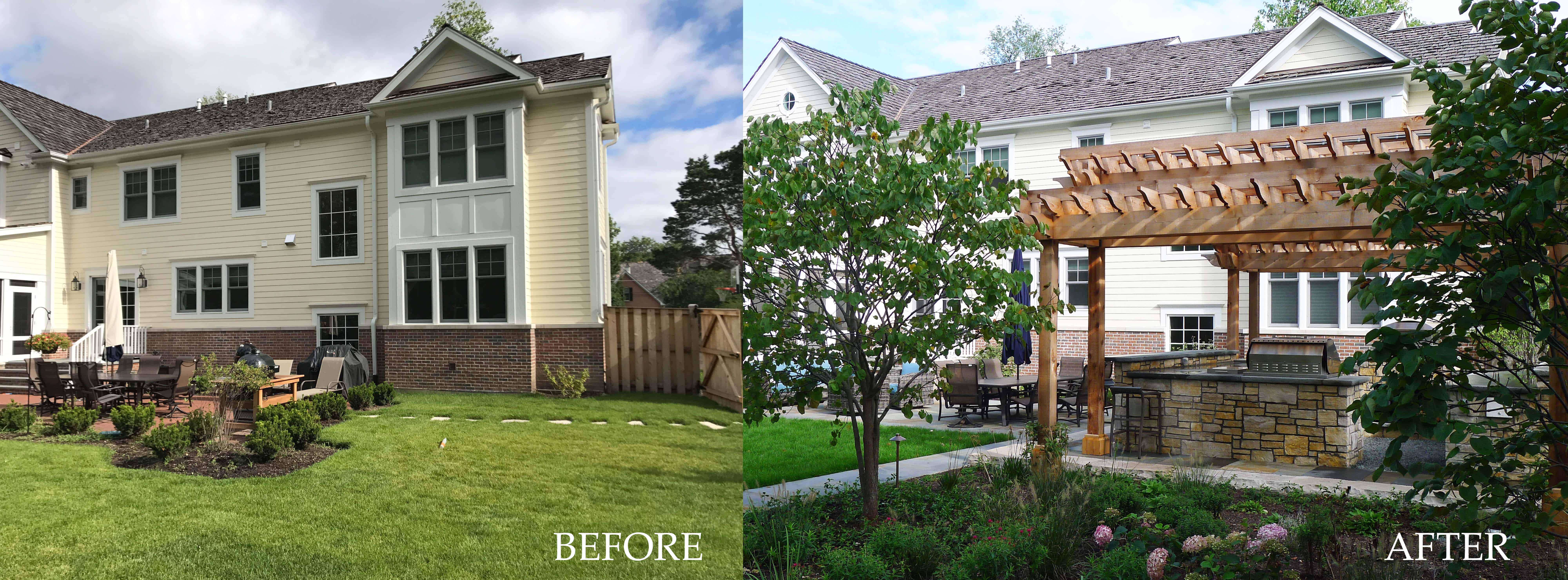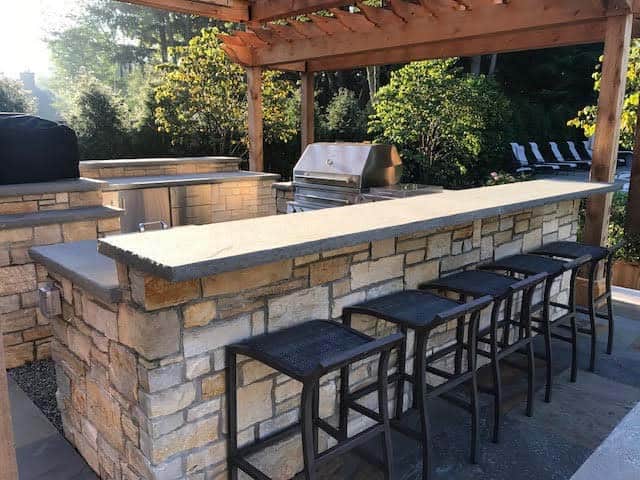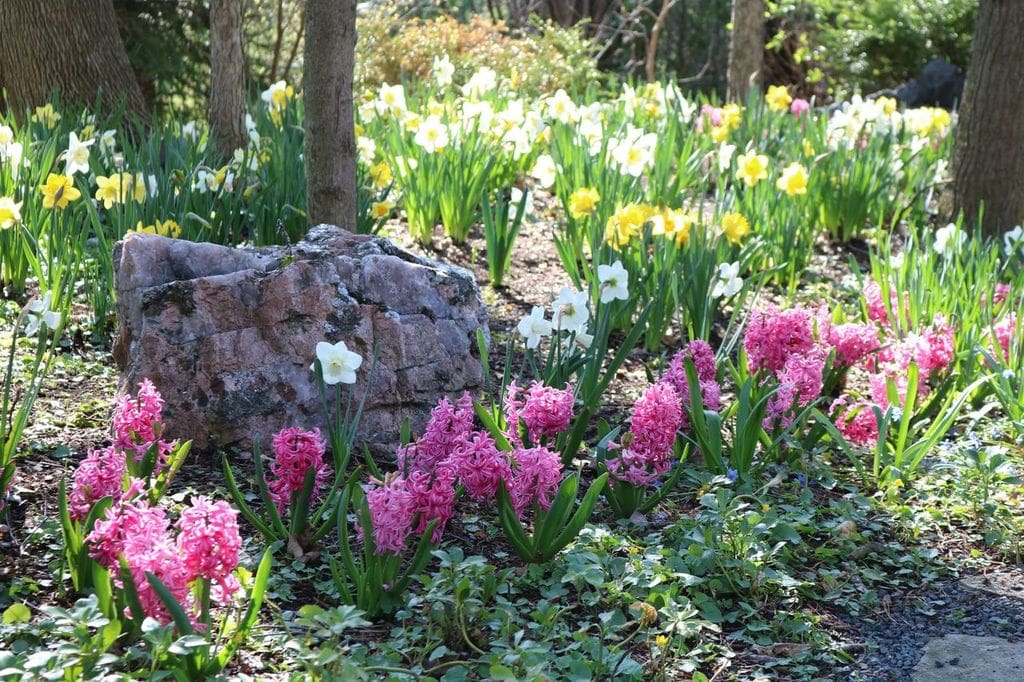Pests large and small and how to protect your defenseless plants
Let’s face it, it can be a war zone out there for all those expensive plants we invest into our landscape beds to establish color, form and texture. We are battling many factors working against us as gardeners. There are many competitors, mostly in the form of weeds and then larger, more established plants in the landscape such as larger shrubs and shade trees, that are competing for available nutrients and water. We are fighting soil conditions; pH levels, moisture content, soil compaction, microorganism activity and fungal growth that all may have an effect on how healthy a plant is going to be. We are battling larger insects and airborne pests in the form of; larvae, ant, caterpillar, beetle, fly or moth, all of which have the ability to feed upon a plant’s susceptible parts and weaken it, allowing disease to become present. Finally, we have our larger predators to be concerned with, which consists mostly of 4 legged furry creatures such as rabbits, deer, skunk and other smaller mammals that are feeding directly on the plant, or digging for larvae in the ground and tearing up the surrounding landscape.
How to defend your garden from these pests.
So how do we best equip ourselves to go into battle against all of these plant killers? We arm ourselves with not just tools, organics and chemicals, but with the knowledge to know when to dig, when to spread, when to spray and when to fortify your defenses. A good offense is the best defense against most of these pests. I say that in reference to being proactive in maintenance practices so that none of these factors get too far out of control.
Weeds are one of the first things to pop up in your landscape beds and getting into those beds early after coming out of dormancy and physically removing the new shoots of weedy species before they spread is an important step in making sure your landscape plants are taking advantage of the available moisture and nutrients in the soil early in the growing season. Application of a healthy layer of mulch will serve multiple benefits for you as well as your plants. Mulch will help with soil moisture retention, and at the same time, give organic matter and micronutrients to the soil and thus the surrounding plants. Mulch will help the caretaker of the garden by reducing the amount of new weed germination, cutting the amount of time needed to keep the landscape weed free. Mulch also helps to balance a soil’s pH and gives a nice finished, consistent look to all of your landscape beds.
Fighting naturally occurring insects can be a challenging task because of the essential element of timing involved. Additionally, with all that has become known about pesticides and their overuse and harmful affects on our health, many are reluctant to use any sort of pesticide at all in their garden. In general, we believe that the organic choice is always the best choice, if available. However, sometimes, in order to prevent the use of more harsh chemicals at a later time of year when a problem has turned into an outbreak, it is necessary to apply preventative chemicals so that larvae cannot form in the first place, and turn into a leaf eating beetle.
How to ID pests in the landscape.
There are so many small pests to identify that it can take years to understand the intricacies of IPM (Integrated Pest Management). One of the best resources available can be found on the Chicago Botanic Garden website. Here you get excellent identifying characteristics for the pest or disease, timing and treatment options.
Google images also does a great job of helping to identify pests through their descriptive characteristics. There are many resources out there on best horticultural practices and how to swing your maintenance approach and pest control practices to a more organically balanced solution.
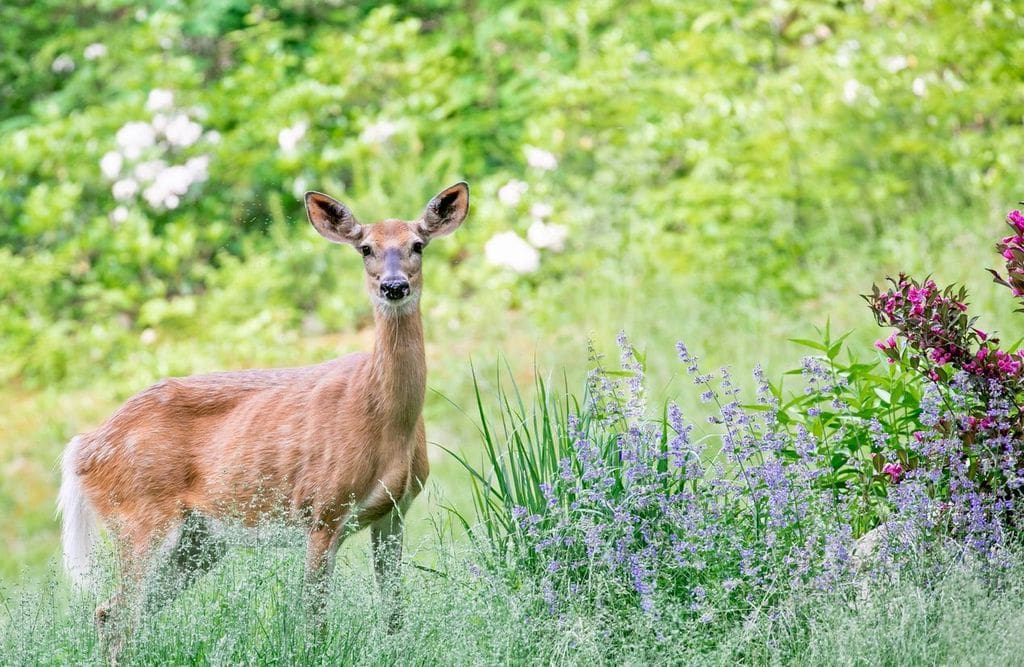



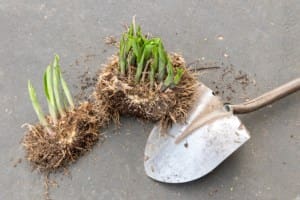
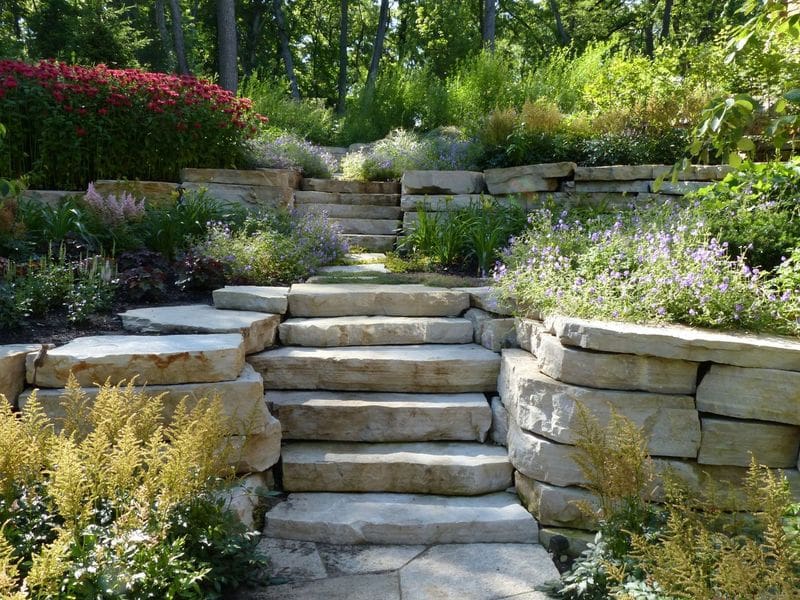
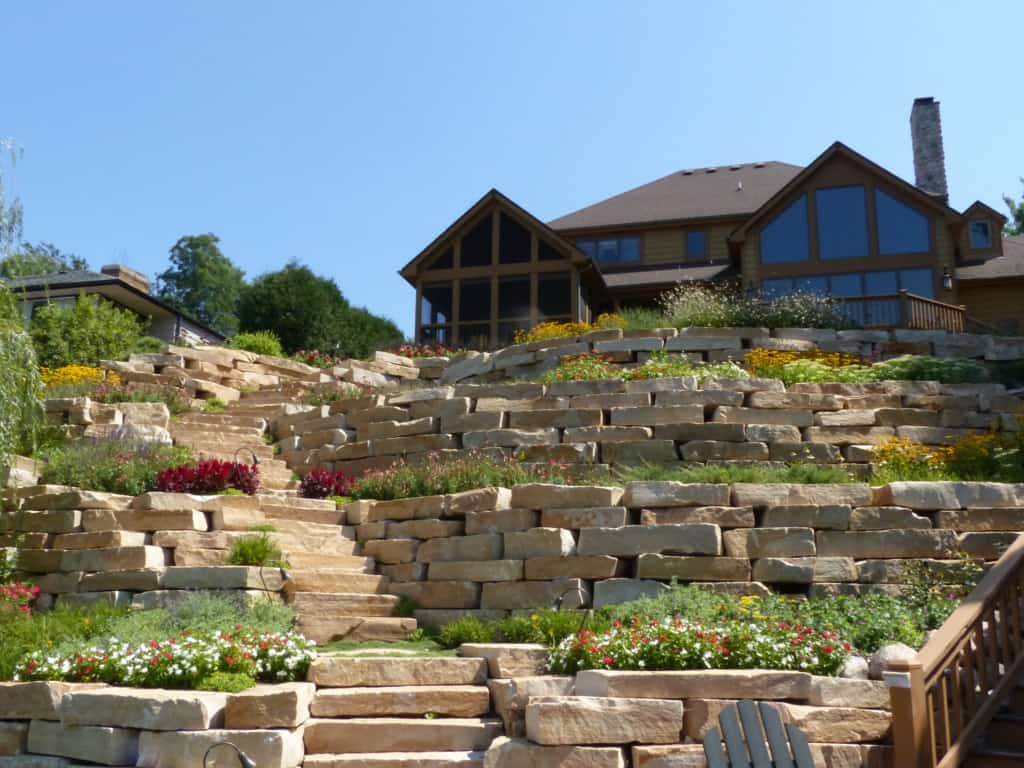
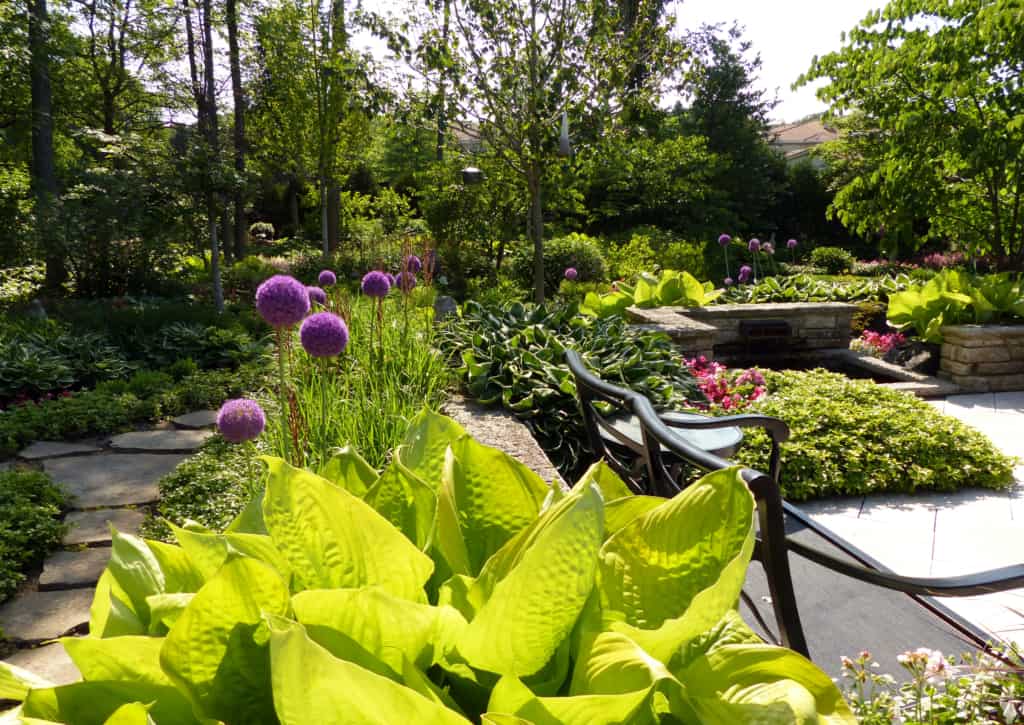
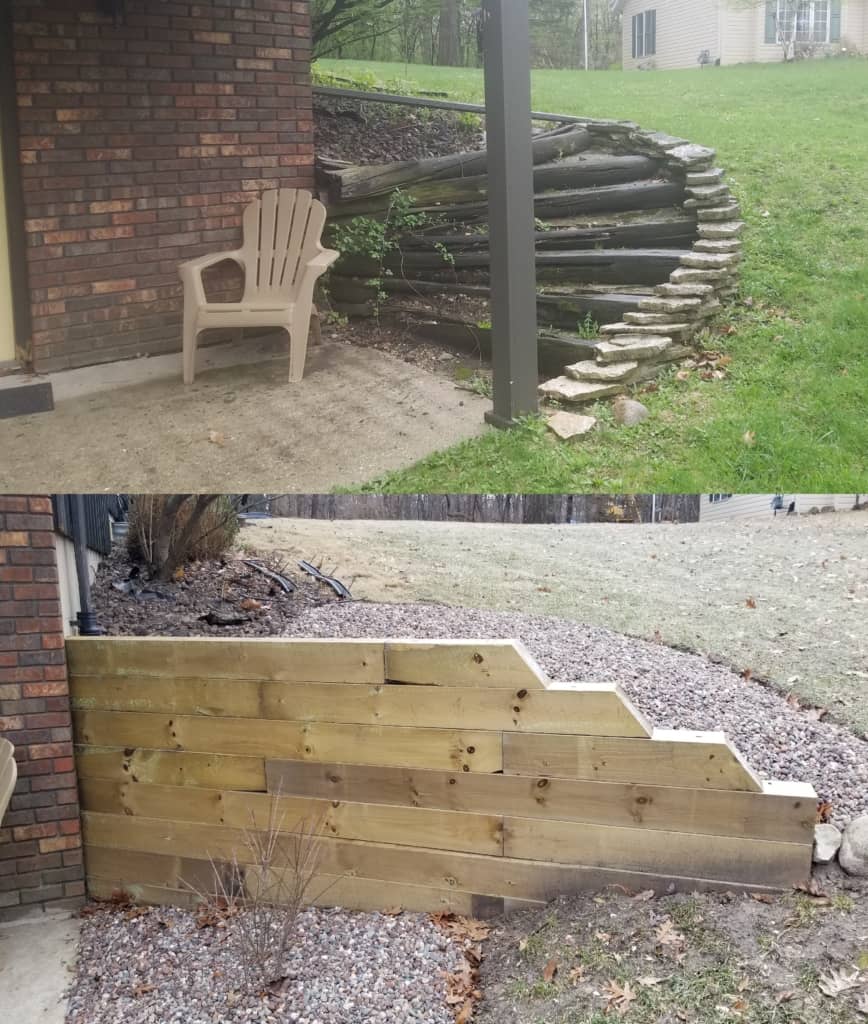
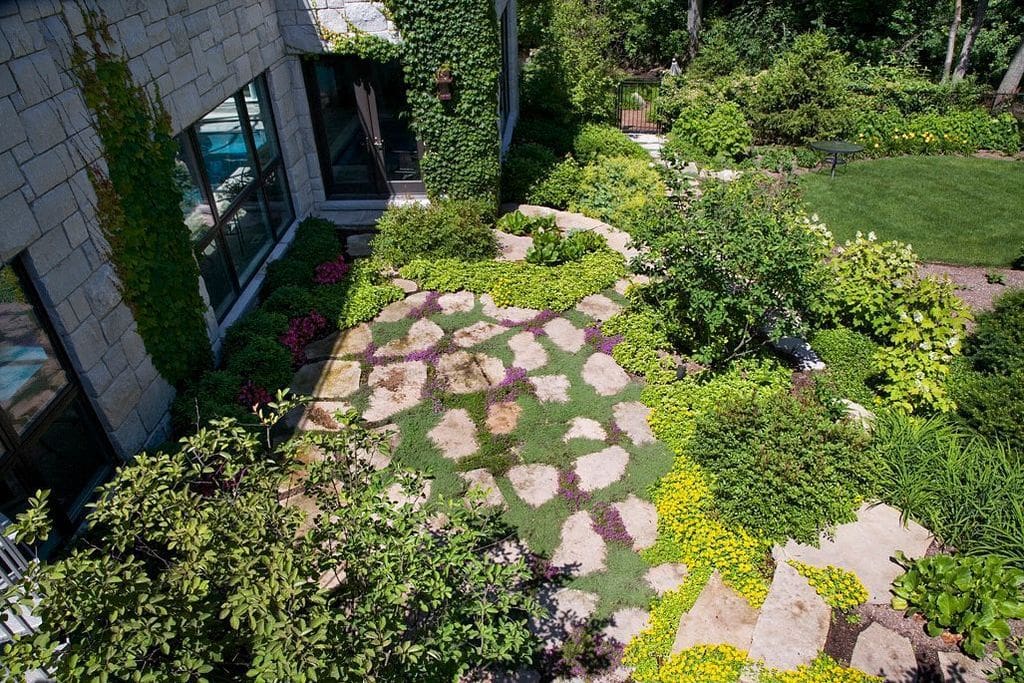
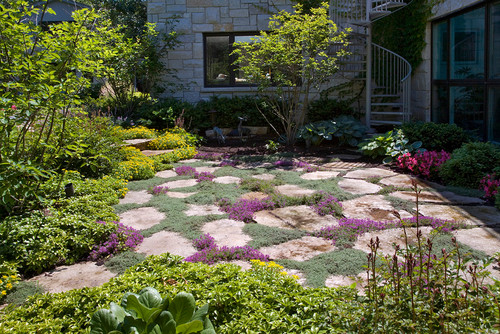
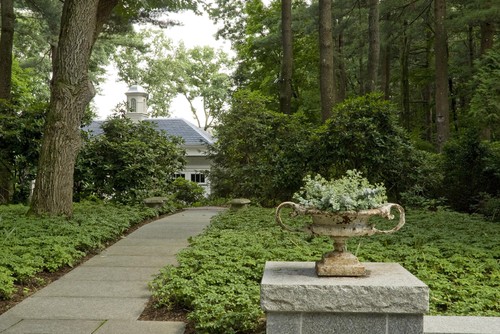





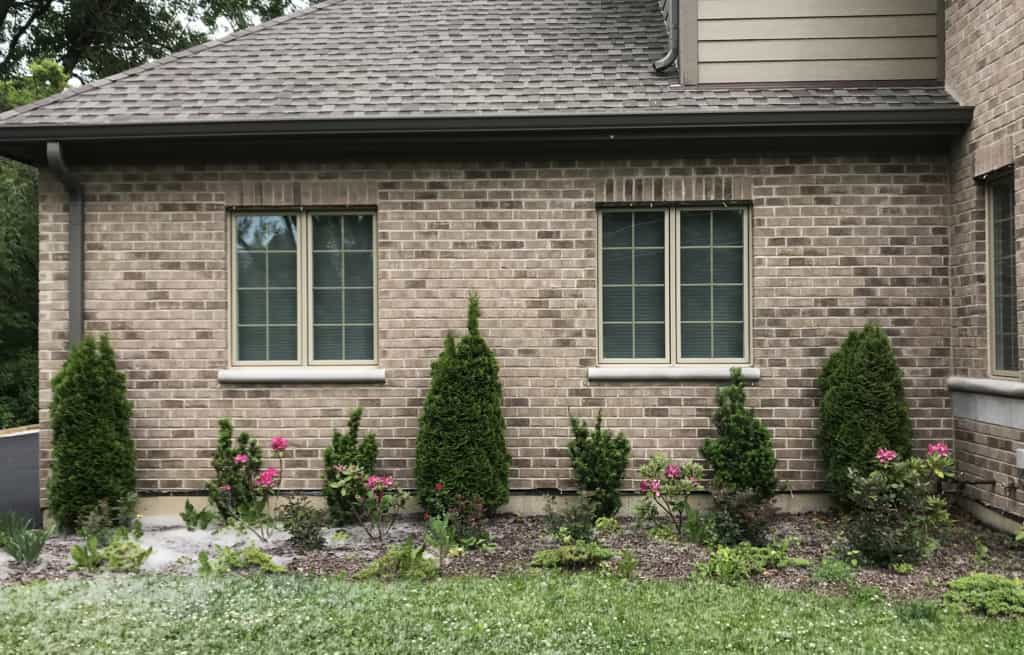
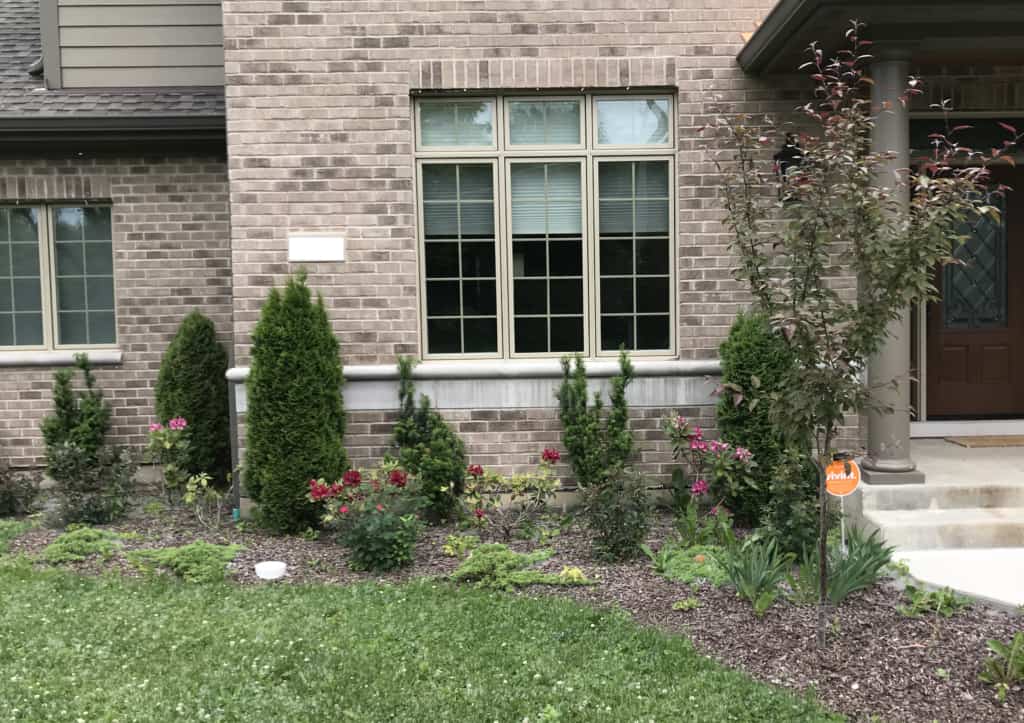
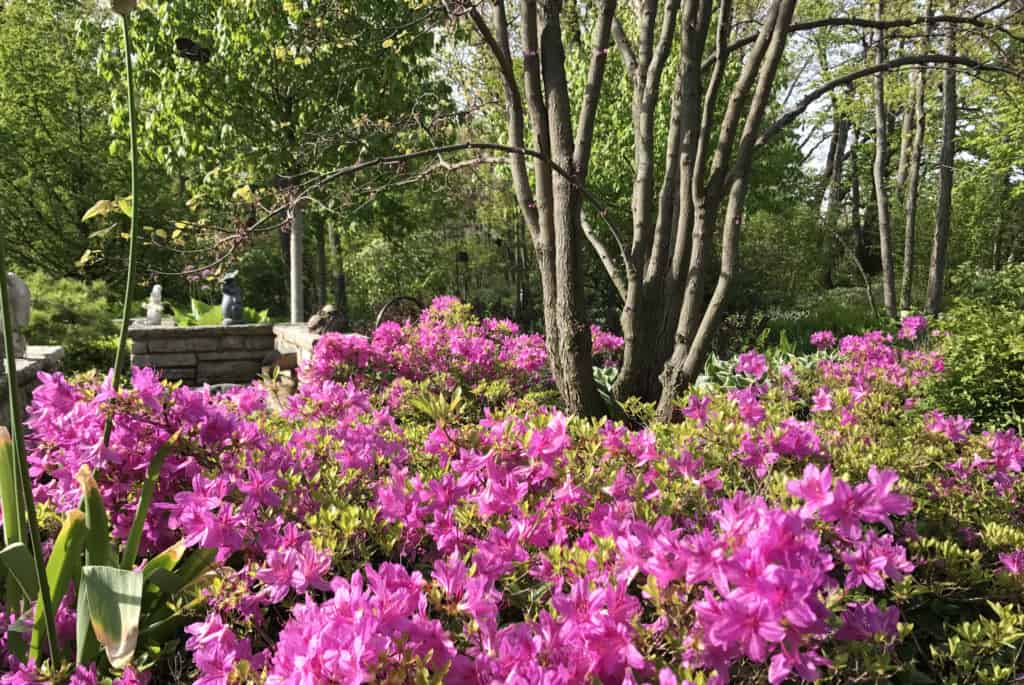

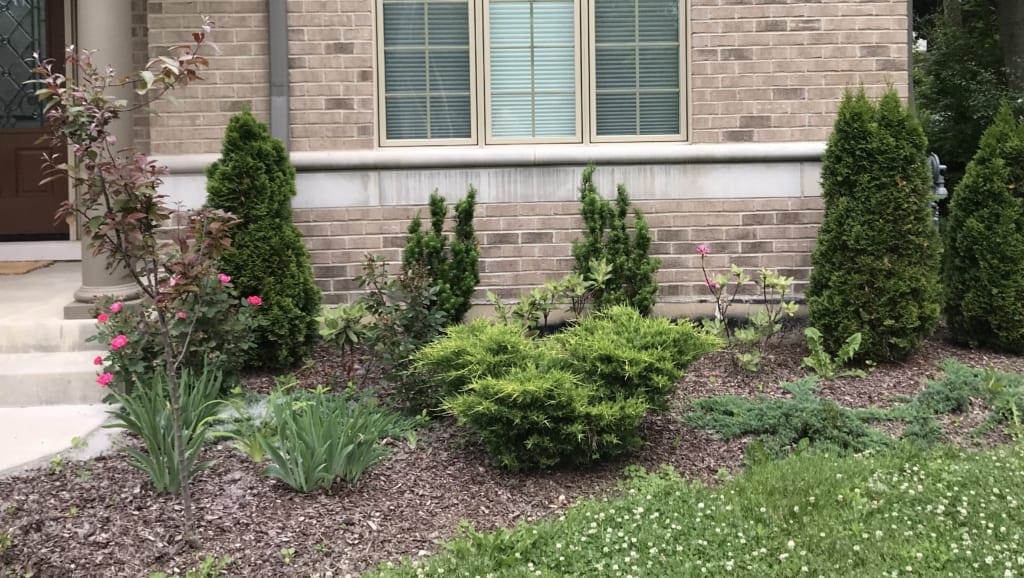


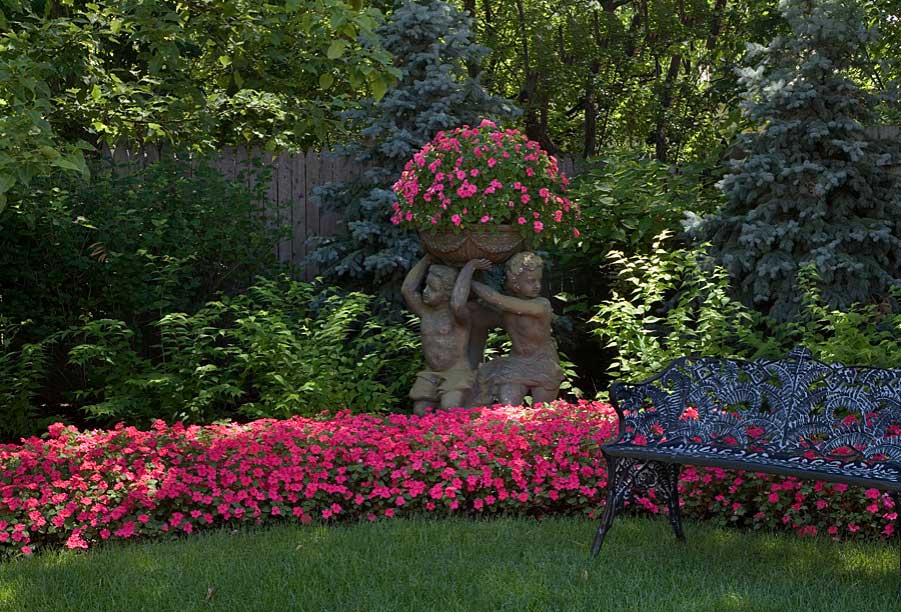
 Hearty hedges and shrubs provide year-round privacy, while privacy plants in pots provide coverage and seasonal pops of color.
Hearty hedges and shrubs provide year-round privacy, while privacy plants in pots provide coverage and seasonal pops of color.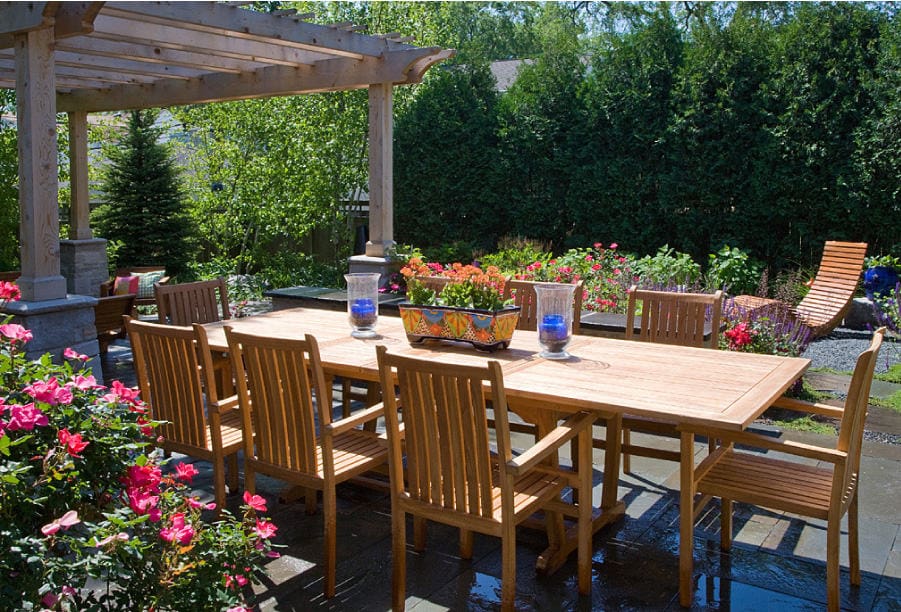 Some of the best evergreen trees for privacy, arborvitae create a dense yet beautiful living privacy screen for this outdoor dining area.
Some of the best evergreen trees for privacy, arborvitae create a dense yet beautiful living privacy screen for this outdoor dining area. Maintaining and fertilizing plants is all part of ensuring that they continue to stay healthy, providing privacy and beauty for years to come.
Maintaining and fertilizing plants is all part of ensuring that they continue to stay healthy, providing privacy and beauty for years to come.
